Join GLF Bonn Digital Conference 2020: Food in the time of climate crisis, 3–5 June, for the latest ideas and advancements on the future of food.
In early March, Filipino writer and plant-based cook Mabi David plunged her hand into a vat of a bright red purée, Chinese cabbage, julienned carrots and radishes, and chopped green onions. She was mixing a fresh batch of kimchi, a fermented side-dish from Korea. Sharp scents of ginger, garlic, fish sauce and hot pepper wafted in the air as a crowd of vegetable farmers watched and jotted down notes.
David was teaching the class in Bauko, in the Philippines’ Mountain Province, where the high altitude and low temperatures allow farmers to grow temperate weather crops – like cabbage, carrots and salad greens – in the country’s hot and humid climate.
Like other Asian cuisines, Philippine cuisine is rich with well-loved fermented foods, turning local fruits, vegetables and seafood into dishes and condiments such as pickled green papaya and permutations of fermented rice, fish and shrimp pastes. Many evolved decades before the age of refrigeration, subsequently passed on from generation to generation.
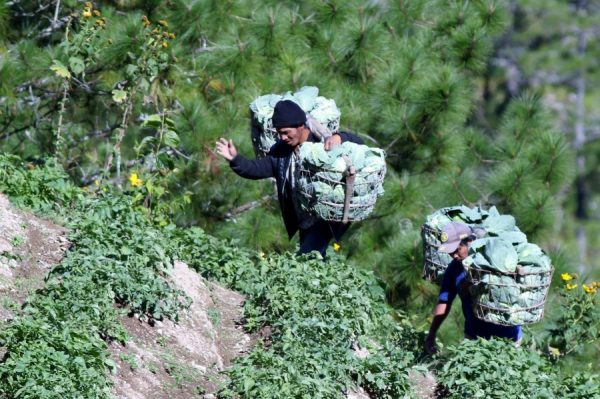
But David is expanding traditional practices by borrowing from other Asian cuisines to take advantage of new market demands for fermented foods as well as reduce food waste; as the Korean migrant population in the Philippines has grown since the 1990s, so too has Filipinos’ taste for Korean food. “We wanted to introduce [different] fermentation techniques to help the farmers deal with surplus harvest,” says David.
Barely a week after the kimchi-making class, however, the World Health Organization declared the COVID-19 outbreaks a pandemic on 11 March. A few days later, the Philippine government placed Manila under lockdown, keeping people home from shopping in stores to avoid infection. By late March, lower demand for their produce began forcing farmers to give away much of their harvests or dump them by roadsides.
Had David’s students explored kimchi-making as a side-business much earlier, tons of produce would not have gone to waste.
Fuzz and funk in the fridge
Now back in warmer Manila, David is staying home due to COVID-19. Somewhat ironically, she deliberately eats foods teeming with bacteria, fungus and mold.
Delicate, white fuzz grows on a tray of soybeans in David’s cold oven. This would turn into a beautiful slab of tempeh, a high-protein meat-alternative. She uses an incubator to grow filamentous fungi called koji, which she uses to make miso, a traditional Japanese seasoning. Various strains of lactobacilli flourish in her homemade sauerkraut, and diverse microbes make her kimchi fizz and pop. Sometimes she keeps a stash of cashew-nut cheese.
“I have at least 18 different jars of fermented food in my fridge,” she says. “I don’t keep much fresh produce in there.”
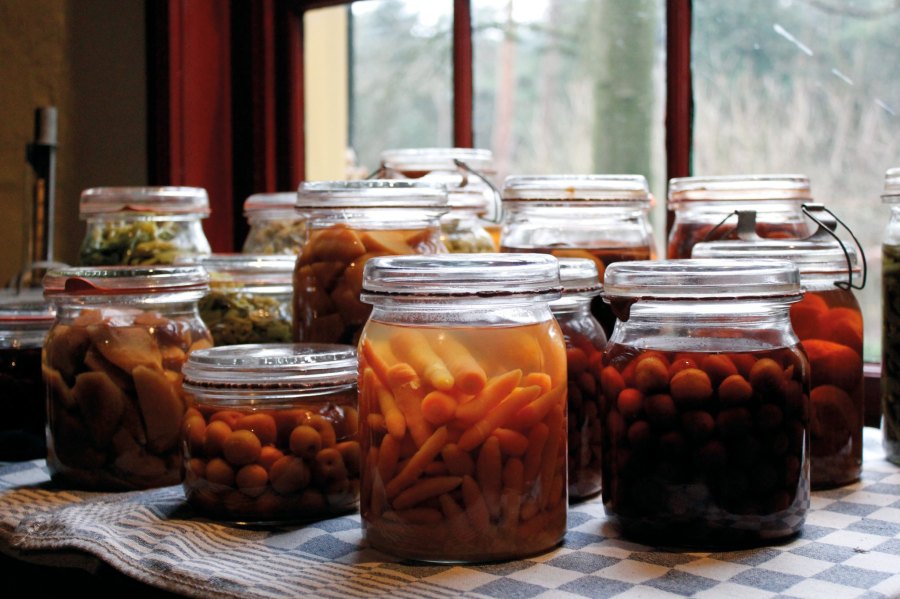
Evident in people like David, there has recently been a renewed interest in ancient ways of preserving food and drink, to prolong shelf life – and, quite possibly, one’s health.
This has perhaps been spurred by a recent surge of research in the human body’s microbiome, or the 100 trillion microbes that live in and evolve with each human body. In 2012, the Human Microbiome Project’s findings underscored these microbes’ role in keeping humans healthy and resilient.
But just what is the connection between fermented foods and drinks, and the trillions of bacteria, viruses, fungi and protozoa that live in and on our bodies?
Full body experience
The average human adult carries around 1 to 2 kilograms of microbes in his or her digestive system. These microbes allow us to digest our food and absorb nutrients that otherwise would not be available, as well as produce vitamins and anti-inflammatory compounds that regulate some of the immune system’s responses to disease.
In a healthy gut, a certain population of bacteria – a type of microbe – helps digests fats, but it may not always be the same bacteria species getting the job done.
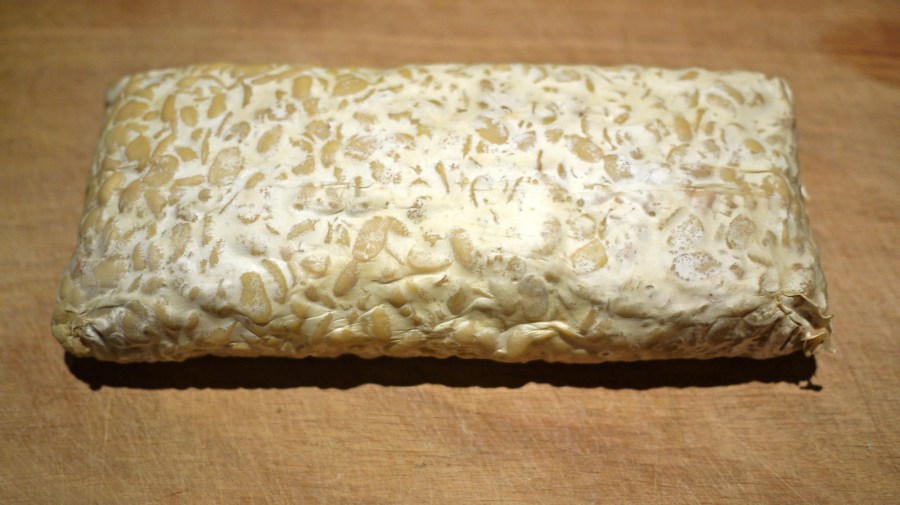
When a healthy gut’s microbe balance gets out of kilter, consequences can range from no obvious side effects to illness or even death. For example, taking too many antibiotics can decimate some microbial species in the gut, allowing a particular bacterium, Clostridium difficile (C. diff), to grow out of control. This releases toxins that attack and irritate the intestinal lining, causing diarrhea and stomach pain. A severe C. diff infection can starve and dehydrate a person to death.
A curious cure transplants feces from a healthy person to the gut of a C. diff patient. The procedure is considered experimental but has cured 80 to 90 percent of patients with recurring C. diff infections. The theory is that the fecal sample from a healthy person repopulates the patient’s gut with the needed diversity of bacteria, forcing C. diff to back down.
To head off any major imbalance, people like David consume fermented foods or drinks every day to keep their microbiomes thrumming with diverse species of beneficial bacteria. “Doing this makes me feel that my body has a fighting chance against disease,” she says.
The old is new
Fermented foods like kimchi, sauerkraut, tempeh and fermented drinks like kombucha are experiencing a heyday in the West, packaged beautifully and lining shelves of high-end health food stores, and ubiquitous across menus of hip restaurants. But this is all part of their new life.
When Chinese laborers were building the Great Wall in the 7th century, they added rice wine to cabbage to preserve the vegetable for eating in the winter – the earliest form of sauerkraut, later becoming a staple in Germany.
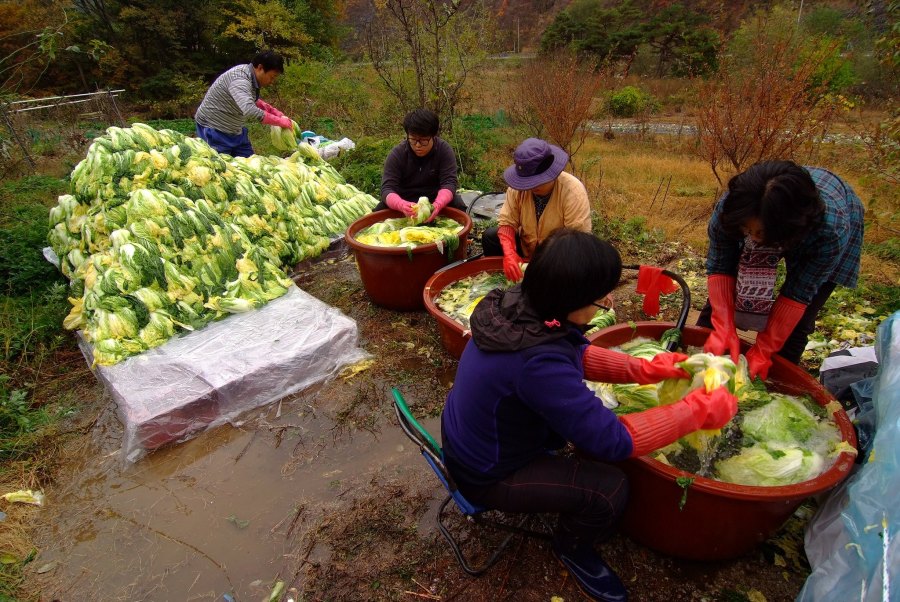
Kimchi and the yearly tradition of its making, called gimjang, dates back to the 13th century. Gimjang happens around November when families gather together to make large quantities of kimchi to last throughout the winter – a tradition still in practice today.
Tempeh originated on the Indonesian island of Java and was mentioned in records dating to 1815, though research suggests the fermented soybean cakes have been around since the 1600s.
The fermented milk drink kefir probably originated from the Northern Caucasus region of the former Soviet Union. Records mention it as early as 1884. The word kefir comes from the Turkish word keyif, which means, “good feeling.”
Kombucha tea plunges even farther back, traced to 220 B.C. in northeastern China before it became popular in Japan, then Russia, then Germany and eventually the whole world.
Mara King, a chef who is writing a book about Chinese fermentation, remembers when she first heard of kombucha. This was in Hong Kong, where she grew up. “My mom was into it in the late 1980s, I think, when it was a trend,” she says. “The ladies she hung out with were like, ‘This is a weight-loss drink!’” A decade later, kombucha became her gateway into making all sorts of fermented foods, further spurred by the works of food writer and a self-described fermentation revivalist Sandor Katz.
“I think fermentation is fascinating because you change the flavors of the foods with techniques that on one hand are super simple, but on the other hand are scientifically incredibly complex,” she says.
King’s earliest memory of fermented foods comes from Sanling, Hong Kong, when she was playing near her grandfather’s house around the age of 5 or 6. Someone nearby was making soy sauce, and she distinctly remembers the smell. “It’s really earthy, the same way that soy sauce is umami and fills your mouth with flavor,” King says. “The smell of it just filled my sinuses with flavor.”
She would go on to co-found a pickling company in 2012 andmake an eight-part documentary with Katz in 2016, The People’s Republic of Fermentation, in which they explore an astounding array of fermented foods in rural China, most of which were new to them. She’s now following up on that project through research for a forthcoming book. “I’m finding actual written recipes that date to 2000 years ago,” she says.
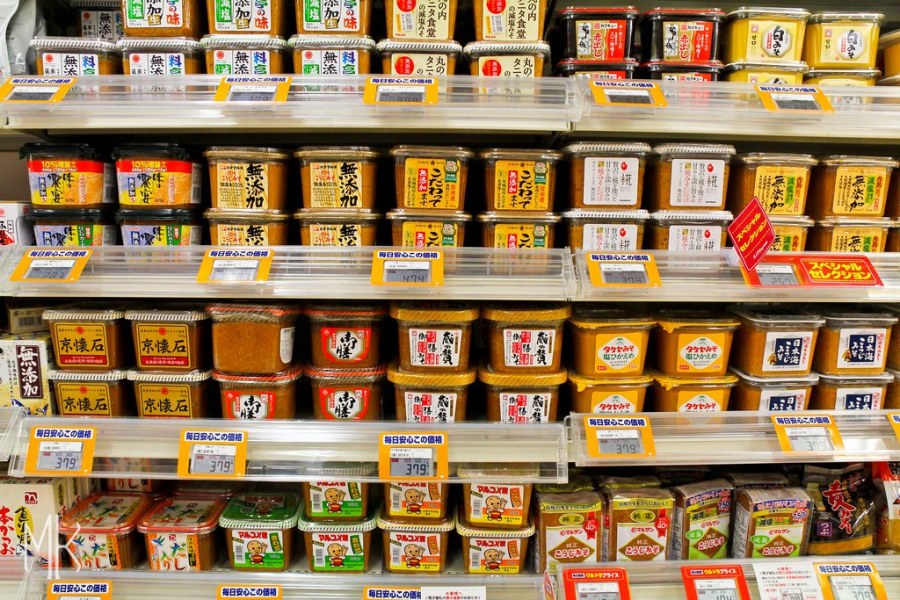
State of the art
King worries that these old fermentation traditions are at risk. “These small villages that we traveled to in southwest China are very indicative of the rest of the country and probably India and other places. As soon as the kids were over the age of elementary school, they had to go to another town for high school,” King says. “When they’re adults, they go to the city and then to factories for work. So the next generation that should be learning these practices, they are all dispersed in the city. It’s only grandmothers and very young children left in the villages.”
But she is also seeing more and more signs of reawakened interest. Young Chinese people who go back to their villages for one reason or another have begun documenting fermentation and cooking practices. “They have become internet sensations,” King says. “Many people are following them and watch how they grow food, how they cook, how they do different things.”
King follows food blogger Dianxi Xiaoge, who has over 11 million followers worldwide and is known for her soothing food videos in rural Yunnan. She had been working in Sichuan as a policewoman but returned to her village in 2016 to take care of her sick father. She started making food videos that same year to make some money.
Though the first year was difficult, her food videos rapidly rose in popularity the next few years. A video of her making and cooking hairy tofu has been viewed 21 million times. King sees Dianxi Xiaoge’s work as valuable documentation of culture, tradition, and food preparation in Yunnan.
Fermentation has been merging with other modern realms as well. Young researchers in Indonesia are developing a method to use toxic wastewater from soy production in manufacturing bio-fuel and leather tanning. Fermentation has inspired sculptors and other artists. Fermentation dyeing, an old artistic technique, is experiencing a renewal.
Another popular item on health food store shelves are bottles of probiotic pills containing thousands of beneficial bacteria, but take note: King thinks it’s naïve to take pills over consuming fermented foods and drinks.
“The kinds of ferments that mankind has been cultivating for many centuries are far more complex. Take for example, a Greek yogurt or Bulgarian yogurt. You go to a small village and you find a culture of their yogurt which they have been recreating for many years,” she says. “It’s its own very complicated biome, similar to as if you are in a healthy piece of nature in a forest, and all of the different things growing there are super diverse. These healthy cultures that we have been using for many centuries have the same kind of diversity within them.”
As for David in the Philippines, she’s using technology to keep her student’s fermentation fervor burning. She intends to continue teaching kimchi-making to farmers, perhaps when in-person classes are safe again. In the meantime, she keeps in touch with former students through social media and texting. Students attempting their first ferments send her pictures and questions, and she affirms that yes, the fuzzy stuff is normal, and yes it will smell a bit funky, and yes it good for your health. “I’ve become a dial-a fermentation-friend!” she says.